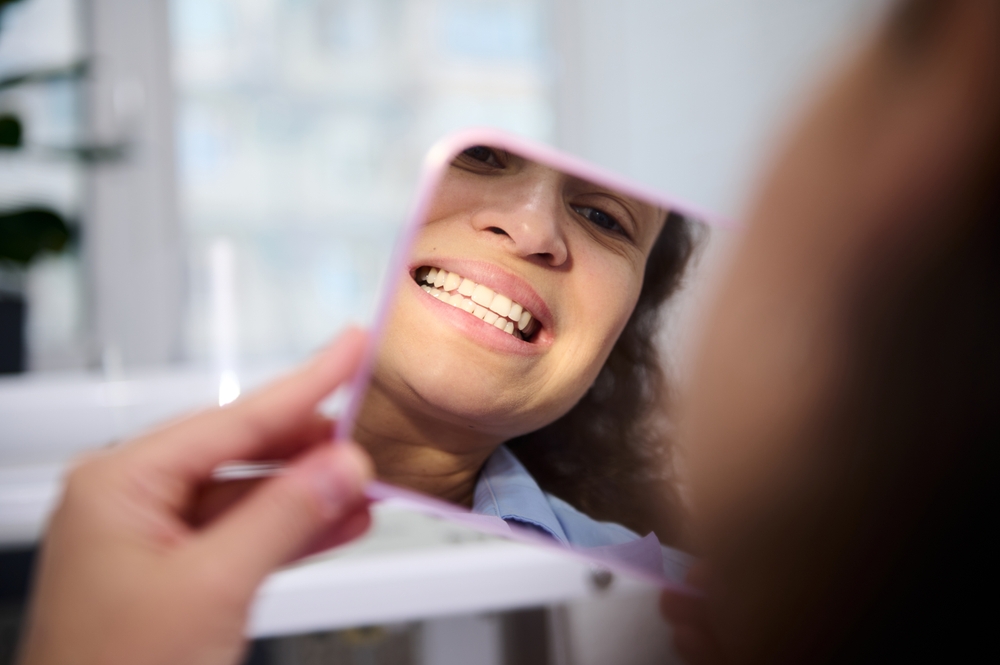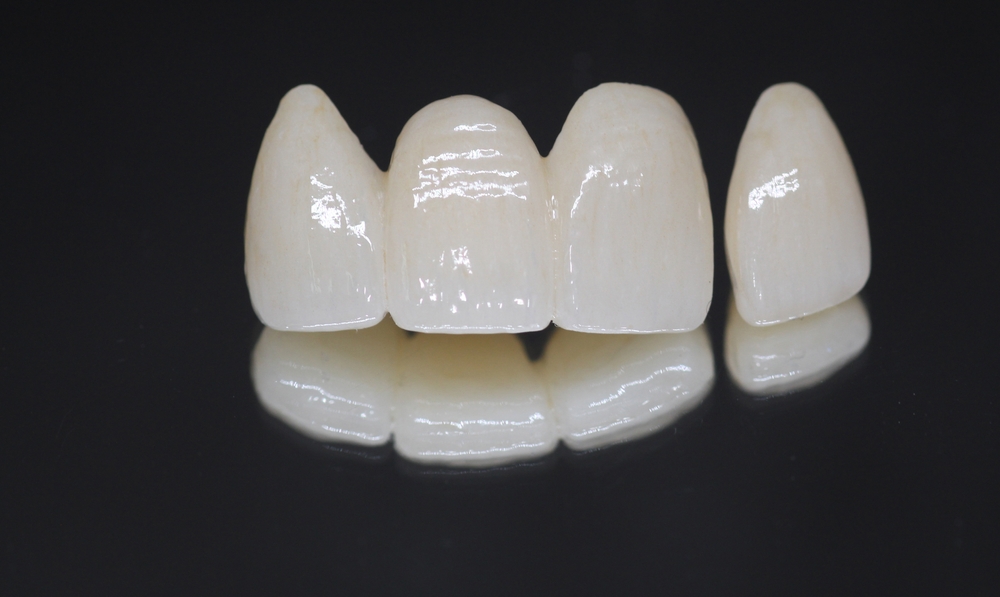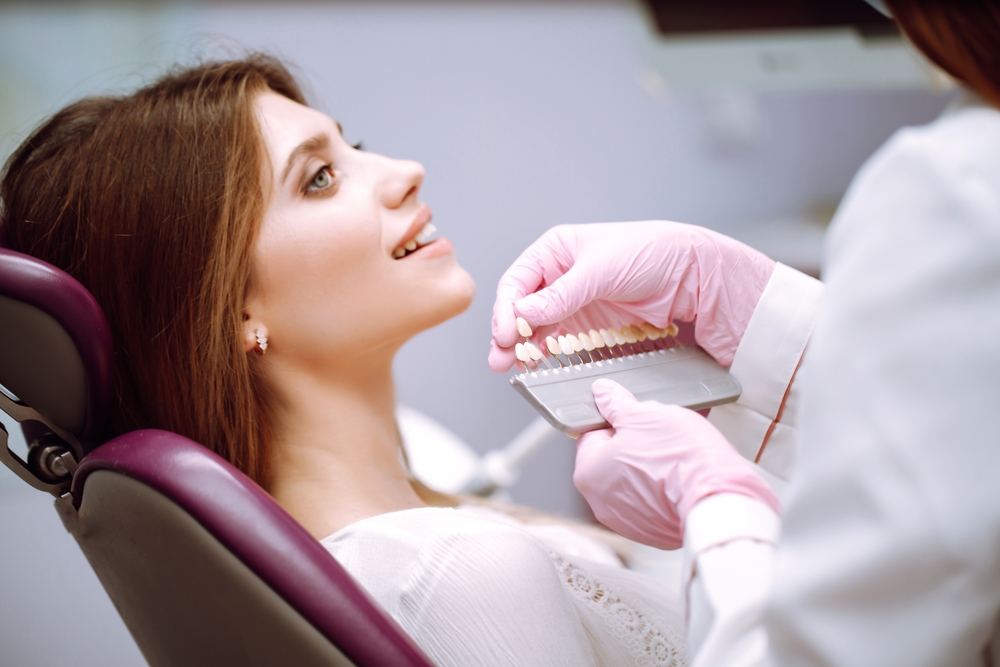In the world of aesthetic dentistry, achieving the perfect shade for restorations has always been a challenge. Traditional methods of shade matching, while effective, often leave room for discrepancies due to human error and the limitations of the human eye. Enter the era of digital dentistry, where technology is revolutionizing the way we approach shade matching for restorations. In this blog, we’ll delve into the world of digital shade matching and how it’s changing the game for aesthetic restorations.
What is Digital Shade Matching?
Digital shade matching involves the use of electronic devices to measure the color of a patient’s teeth. These devices, often handheld, use a combination of light sources and sensors to capture the exact shade of the tooth. The data is then processed using specialized software to provide a precise shade match.
There are different types of digital shade matching devices, including:
Spectrophotometers:
These devices measure the intensity of light across the visible spectrum. By illuminating the tooth with a light source and measuring the reflected light, spectrophotometers can determine the exact color of the tooth. Examples include Vita Easyshade and X-Rite ShadeVision.
Colorimeters:
Similar to spectrophotometers, colorimeters measure the color of an object. However, they typically use fewer light sources and sensors. They are more compact and can be more affordable than spectrophotometers.
Digital Cameras:
Specialized intraoral digital cameras equipped with shade matching software can also be used. These cameras capture images of the teeth, and the software analyzes the images to determine the shade.
Smartphone Applications:
With advancements in technology, there are now apps available for smartphones that can assist in shade matching. These apps often use the phone’s camera in conjunction with specialized software to analyze and determine the tooth shade.
Integrated CAD/CAM Systems:
Some modern CAD/CAM systems used for designing and fabricating dental restorations come with integrated shade matching capabilities. These systems can directly use the shade data to design a restoration that matches the patient’s natural teeth.
Benefits of Digital Shade Matching
- Precision and Accuracy: Digital devices eliminate the subjective nature of manual shade matching, ensuring a more accurate and consistent result.
- Efficiency: The process is quick, often taking just a few seconds to capture the shade, reducing chair time for the patient.
- Consistency: Regardless of the lighting conditions or the time of day, digital shade matching devices provide consistent results.
- Integration with CAD/CAM: Many digital shade matching devices can integrate with CAD/CAM systems, allowing for seamless restoration design and fabrication.
How Does It Work?
Digital shade matching devices in dentistry utilize advanced technology to accurately determine the color and shade of a patient’s teeth. These devices aim to provide a more precise match than traditional manual methods, ensuring that dental restorations blend seamlessly with the patient’s natural teeth. Here’s a breakdown of how these devices work:
1. Light Source Emission:

Most digital shade matching devices use a combination of light sources, often LEDs, to illuminate the tooth surface. The type and quality of the light source are crucial to ensure accurate color measurement.
2. Light Reflection and Capture:
Once the tooth is illuminated, the device captures the light reflected off the tooth’s surface. This reflected light contains valuable information about the tooth’s color.
3. Color Analysis:
The captured light is then analyzed by sensors within the device. These sensors measure the intensity and wavelength of the reflected light across the visible spectrum.
- Spectrophotometers: These devices measure the full spectrum of light reflected from the tooth. By analyzing the intensity of light across different wavelengths, they can determine the exact color of the tooth.
- Colorimeters: These devices typically use three sensors (red, green, and blue) to capture and analyze the reflected light. They provide color information based on the tristimulus values, which correspond to how the human eye perceives color.
4. Data Processing:
The raw data captured by the sensors is processed using specialized algorithms to determine the tooth’s shade. This processing often involves comparing the measured values to a database of known tooth shades.
5. Shade Recommendation:
Once the data is processed, the device provides a shade recommendation. This recommendation is typically given in terms of a shade guide system, such as the Vita Classical or Vita 3D-Master, which are commonly used in dentistry.
6. Integration with Dental Software:
Many modern digital shade matching devices can integrate with dental software systems, especially CAD/CAM systems. This integration allows the shade information to be directly used in designing and fabricating dental restorations, ensuring a perfect match.
In Conclusion
Digital shade matching is revolutionizing the way dentists approach aesthetic restorations. By harnessing the power of technology, dental professionals can ensure that their patients receive restorations that are not only functional but also perfectly matched to their natural teeth. As we continue to embrace the digital age, it’s exciting to think about the possibilities that lie ahead for the world of aesthetic dentistry.




